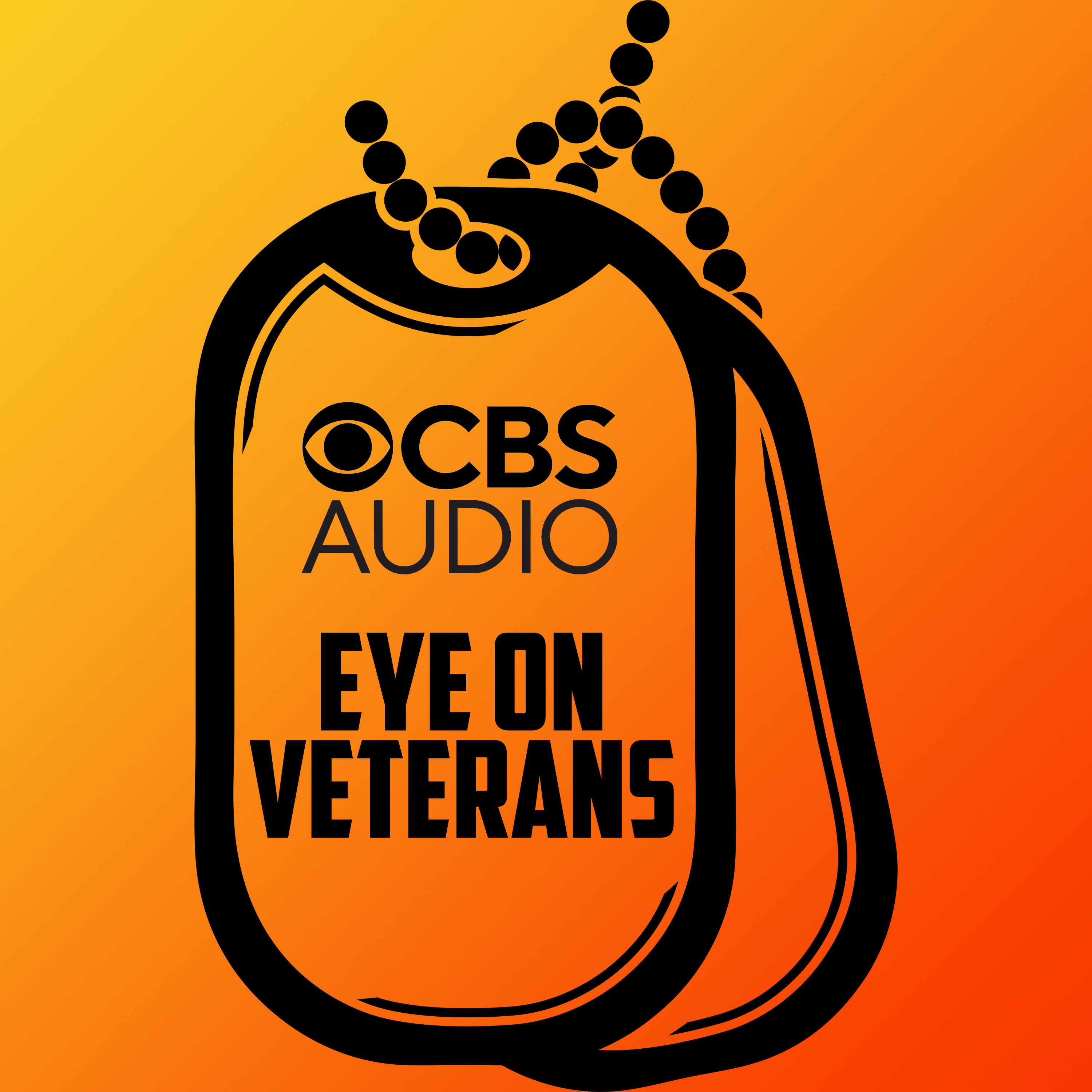
Melvin Williams Jr., is not only a history maker. He paved the way for African Americans in Coast Guard aviation.
Williams was one of the thousands of American men who were required to register with the Selective Service during the Vietnam War era. Instead of simply filling out the required paperwork, he opted to enlist in the Coast Guard instead.

Williams, a New Jersey native and the son of a merchant seaman, originally wanted to join the Navy. He changed his mind after hearing about a ship being rescued by the Coast Guard.
“The Coast Guard was going through a transitional period of integration when I joined,” he said in a VA release. “This was an interesting time. Acceptance was kind of rare and there were a lot of barriers.”
He began his military career in the medical field.
“I experienced a lot of things I never thought I would encounter. I assisted in surgeries while out to sea … appendicectomies, amputations, wounds, and five life recoveries,” he said. It was very productive.”
Following his sea rotation, Williams was stationed in Elizabeth City, North Carolina, where he had the chance to assist a flight crew during a flight. That would mark the beginning of a long and impressive aviation career.
“Getting into Coast Guard aviation as an African American at that time was very hard,” he said. “There were only two of us in my rate. I was told if I wanted to succeed, here are the books. So, I read and read and read some more. Within time, I worked my way up from E-4 to E-6. It was very challenging but I overcame those barriers.”
Williams’ job as an aviation survival technician combined the roles of parachute rigger and aviation ordnance man. It also included rescue swimmer training, emergency medical training, and more.
Rescue swimmer training is a difficult and strenuous course with a high drop-out rate, but Williams didn’t let anything stop him.
He was also the first African American to make parachute jumps at Naval Air Station Lakehurst in New Jersey.
“I had a chance to do some jumps with the Navy and I loved it,” Williams added.
He was also the first African American male to make chief as an aviation survival man and then chief warrant officer (CWO2).
“It was hard trying to establish yourself and advance as an African American at that time,” Williams said. “Leadership didn’t look kindly on our position as a supervisor.”
Before becoming the first African American chief in his rate, Williams was credited with the development of the float strobe light. Versions of this floatation safety device are used today for water survival.
Williams was presented with the Sikorsky Winged “S” Award in 1974 for rescues flying in a Coast Guard HH-52 while stationed in Miami.
Williams retired from the Coast Guard in 1989 and worked at the New Orleans VA until Hurricane Katrina struck. After the devastating storm, he found his way to Shreveport, Louisiana, and the Overton Brooks VA Medical Center where he works and receives his health care.
“I was carrying around some health issues I didn’t know I had until I got to Overton Brooks,” he said. “That is what I love about this place. They informed me about my health situation when no one else did. I have seen this place come a long way.”
Reach Julia LeDoux at Julia@connectingvets.com.



